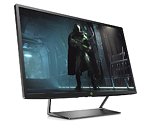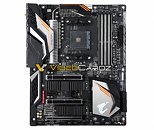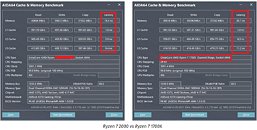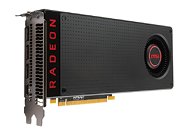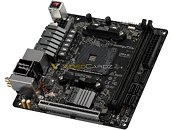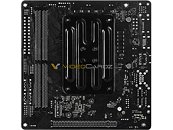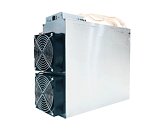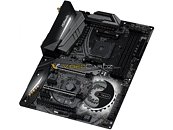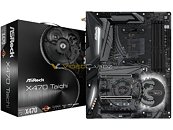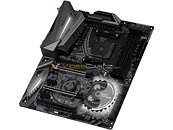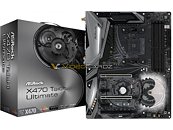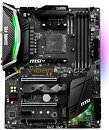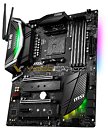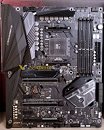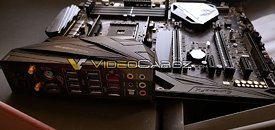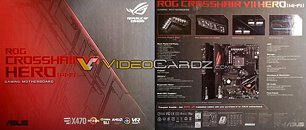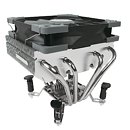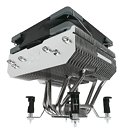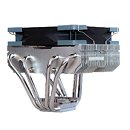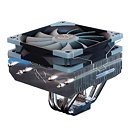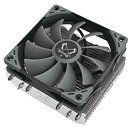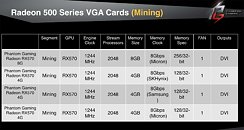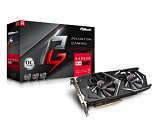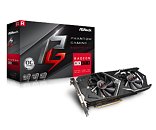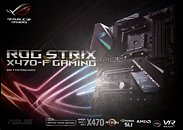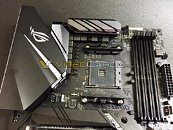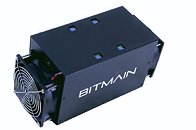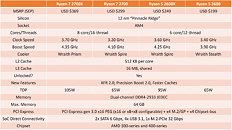
HP Brings Powerful PC Gaming Experiences to the Masses with New Pavilion Gaming Lineup
HP Inc. today introduced HP Pavilion Gaming, a new lineup of notebooks, desktops and displays designed to meet the needs of mainstream gamers. The HP Pavilion Gaming lineup provides the ultimate combination of powerful gaming experiences, value and versatility for everyday use. Gaming is one of the fastest growing PC segments, with more than 1 billion gamers worldwide. Mainstream gamers represent 62 percent of this growing market. While HP's OMEN line is built for performance and enthusiasts gamers, the new HP Pavilion Portfolio is designed to meet the diverse needs of more casual users, who often want a single device to meet all their PC needs.
"By listening to gamers and understanding their needs, HP is building an industry-leading gaming ecosystem that appeals to all segments of the market, "said Kevin Frost, vice president and general manager of consumer personal systems, HP Inc. "With HP Pavilion Gaming, casual gamers get the best of both worlds - powerful game play on a boldly designed device that's versatile enough to meet their everyday PC needs."
"By listening to gamers and understanding their needs, HP is building an industry-leading gaming ecosystem that appeals to all segments of the market, "said Kevin Frost, vice president and general manager of consumer personal systems, HP Inc. "With HP Pavilion Gaming, casual gamers get the best of both worlds - powerful game play on a boldly designed device that's versatile enough to meet their everyday PC needs."


